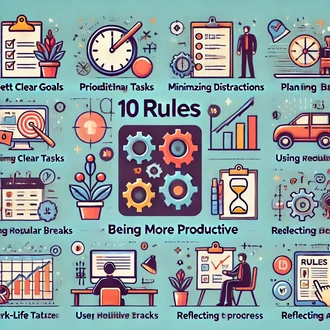Transcription Optimization of boards
In today's workplace, where efficiency and organization are essential, the use of checklists has become a powerful tool to optimize tasks and processes. A checklist is a detailed list of tasks or activities to be performed in a specific project, process or activity.
In this session, we will explore how the proper use of checklists can improve productivity, minimize errors and ensure effectiveness in meeting work objectives.
The importance of the checklist in task management
The checklist is a fundamental tool for task management, as it provides a clear and organized structure for carrying out a project or activity. It allows professionals to remember all the essential elements to be addressed, avoiding omissions or oversights.
The checklist is also a valuable guide for work teams, as all members can have a complete and detailed view of the tasks to be performed, facilitating collaboration and coordination.
In the digital era, the use of digital checklists offers numerous advantages over traditional paper checklists. Digital tools allow the creation of customized checklists, which can be updated and shared instantly.
In addition, they can be integrated with other applications and platforms, streamlining communication and workflow. Digital checklists also facilitate real-time follow-ups and allow access from any device, providing greater flexibility and mobility in the work environment.
Creating and designing effective checklists
To take full advantage of the potential of checklists, it is important to design them effectively. A checklist should be clear, concise and specific, with well-defined tasks and in a logical order. It is essential to include relevant details and deadlines for each task.
Also, the checklist should be adaptable and updatable according to the needs and changes in the project. Clear and attractive visualization also plays an important role in the effectiveness of the checklist, making sure it is easy to read and understand for all team members.
The use of time management checklists is a powerful strategy for optimizing work productivity. A daily or weekly activity checklist can help prioritize tasks and keep the focus on the most important activities. In addition, using checklists for meetings or events allows for detailed planning and effective tracking of progress. By having a clear list of tasks, professionals can avoid procrastination and maintain greater discipline in the use of their time.
Checklists for project management
In complex or long-term projects, checklists are essential to ensure that each stage of the project is properly accomplished. A checklist of phases and deliverables can help maintain progress and ensure that each component is completed in a timely manner.
In addition, the use of checklists for project management facilitates the identification of po
optimization boards




